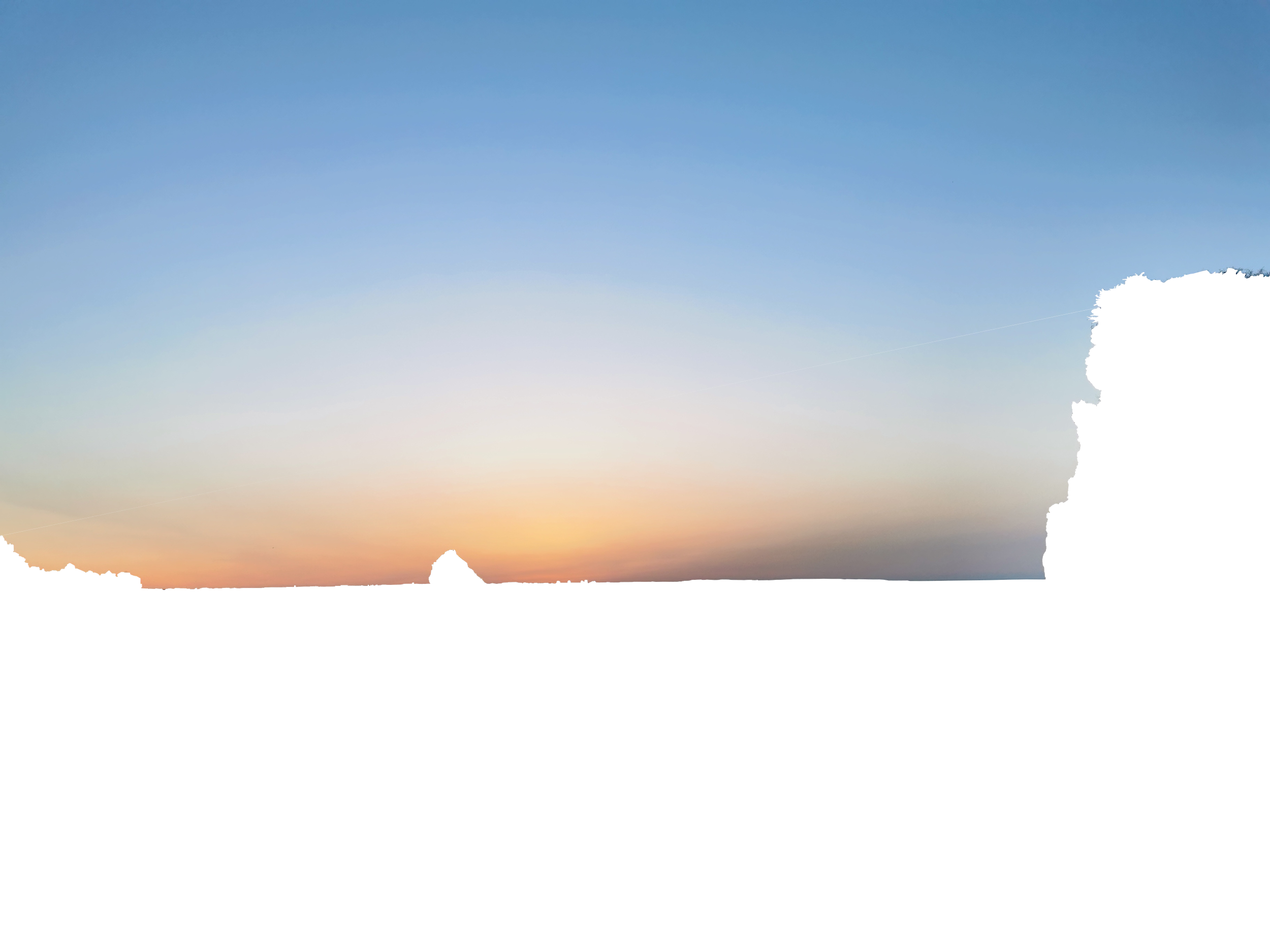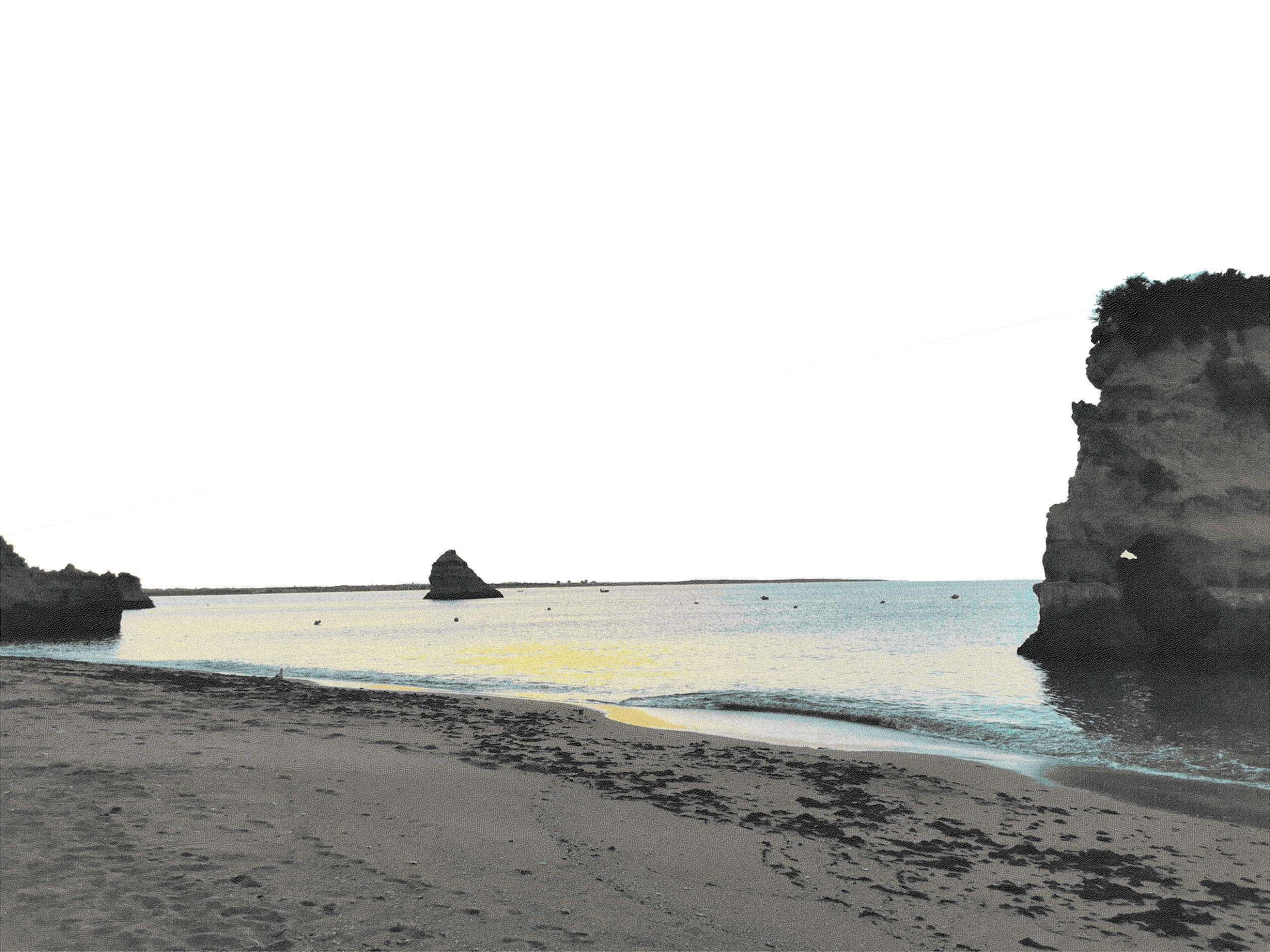Un peu d'Histoire...
(Englich version below)
Quelques noms, dates, faits, qui donnent une vague idée de l’évolution de l’Hypnose, celle avec un grand “H” comme l’Histoire et l’histoire. L’Hypnose comme état modifié de conscience (son nom ne date que des années 1840, attribué par James Braid et inspiré du dieu grec du sommeil).
Commençons il y a 6000 ans en Mésopotamie, avec la découverte de manuscrits cunéiformes sumériens décrivant des guérisons obtenues par le biais d'Etats Modifiés de Conscience. Il y a 3500 ans en Egypte Ancienne, le Papyrus Ebers décrivait quant à lui presque 900 procédés médicaux dont un ressemblant à de l’hypnose, et une stèle du temps de Ramsès II décrirait une “séance d'hypnose”.
Socrate expliquait, il y a 2450 ans, que parler d'une voix terne (terpnos logos) permettait de mettre les gens en état de réceptivité.
Nous pourrions parler longuement ici des philosophes de la Grèce antique à nos jours, des religions, des croyances, des découvertes, des mathématiques… mais faisons un grand bond en avant pour parler de quelques grands noms plus contemporains…
Gottfried Leibniz, chercheur et philosophe humaniste allemand qui fut le premier à parler de l'automate en 1686, le terme d'Inconscient n'arriva qu'en 1869 (Hartmann).
Franz Anton Messmer, docteur, en 1766 et le magnétisme animal, souvent désigné comme l'ancêtre de l'hypnose.
-
L'Hypnose Classique
La naissance de l’Hypnose en 1841 ! James Braid, chirurgien écossais établit les bases scientifiques d'une pratique thérapeutique uniquement verbale.
L'hypnose arrive en France en 1864, puis le professeur Hippolyte Bernheim l'utilise et popularise le terme "psychothérapie" pour désigner le "soin basé sur la suggestion hypnotique", il fonde l'école de Nancy. Jean-Martin Charcot quand à lui, fondateur de l'école de la Salpétrière, rattache l'hypnose à l'hystérie… la naissance d’une méfiance autour de l’hypnose qui subsiste encore aujourd’hui : l’hypnose comme état pathologique vs propriété naturelle
A la même époque, des centaines d'interventions chirurgicales sous hypnose grâce aux docteurs écossais Parker et Esdaille - ici le terme ‘hypnose” comme endormissement est particulièrement judicieux.
L'Hypnose est alors considérée comme la nouvelle médecine de pointe. Freud et Jung, alors élèves de Bernheim, Charcot et Janet (père de la psychologie clinique) enseignent l'Hypnose et l'utilisent pour les troubles de l'esprit. -
L'Hypnose Ericksonienne
Autres époque et continent, dans les années 1950 aux USA, le psychiatre Milton Hylard Erickson développe une Hypnose stratégique, l’Hypnose Ericksonienne. Son approche influencera la thérapie familiale, systémique et l’école de Palo Santo et sera à l’origine de la PNL de Richard Bandler et John Grinder au milieu des années 1970. -
La Nouvelle Hypnose
En 19799, Daniel Araoz, sexologue et hypnothérapeute développe la Nouvelle Hypnose, avec les outils de l'Hypnose Ericksonienne mais plus collaborative, la plus pratiquée aujourd'hui et souvent confondue cette dernière (dont les prescriptions thérapeutiques datent d'une autre époque ˆˆ).
Dans les années 1990, Olivier Lockert formalise en français les techniques hypnotiques avancées et fonde en 1995 la première école d'Hypnose française accessible à tou.te.s, l'Institut Français d'Hypnose Humaniste et Ericksnienne - l'IFHE, où j'ai suivi tout mon cursus. Olivier Lockert et son épouse, Paricia d'Angeli, psychologue Jungienne et hypnothérapeute, écrivent de nombreux livres, et continuent à ce jour à dispenser les cours avec leur fils, Alexandre Lockert, psychologue clinicien et Hypnothérapeute. -
L'Hypnose Humaniste
L'an 2000 et le développement de l'Hypnose Humaniste par Olivier Lockert et Patricia d'Angeli un moyen inédit d'atteindre des Etats Modifiés de Conscience non pas par une restriction du registre cognitivo-sensoriel mais, grâce à des inductions hypnotiques inversées, par un déploiement cognitivo-sensoriel pour arriver à un État Augmenté de Conscience !
La personne a ici plus de conscience d'elle-même et du monde autour, elle peut agir en autonomie sur ses blessures émotionnelles, guidée par le praticien qui a un rôle d'aide et de pédagogue (un peu comme un guide de haute montagne). L'Hypnose devient ainsi accessible à tou.te.s, sans crainte de manipulation ni de perte de contrôle.
To be continued <3
ENGLISH VERSION
A little bit of history...
A few names, dates and facts to give a vague idea of the evolution of Hypnosis, with a capital “H”, like History and history. Hypnosis as an altered state of consciousness (its name only dates from the 1840s, attributed by James Braid and inspired by the Greek god of sleep).
Let's start 6000 years ago in Mesopotamia, with the discovery of Sumerian cuneiform manuscripts describing cures obtained through altered states of consciousness. 3,500 years ago in Ancient Egypt, the Ebers Papyrus described almost 900 medical procedures, one of which resembled hypnosis, and a stele from the time of Ramses II described a “hypnosis session”.
Socrates explained, 2450 years ago, that speaking in a dull voice (terpnos logos) could put people in a state of receptivity.
We could talk at length here about philosophers from ancient Greece to the present day, about religions, beliefs, discoveries, mathematics... but let's take a giant leap forward to talk about some of the great names of our time...
Gottfried Leibniz, German humanist philosopher and researcher, who first spoke of the automaton in 1686, although the term “unconscious” was not coined until 1869 (Hartmann).
Franz Anton Messmer, doctor, in 1766 and animal magnetism, often referred to as the ancestor of hypnosis.
-
Classical Hypnosis
Hypnosis was born in 1841! James Braid, a Scottish surgeon, establishes the scientific basis for an exclusively verbal therapeutic practice.
Hypnosis arrives in France in 1864, and is used by Professor Hippolyte Bernheim, who popularizes the term “psychotherapy” to designate “care based on hypnotic suggestion”, founding the Nancy School. Jean-Martin Charcot, founder of the Salpétrière school, linked hypnosis to hysteria... the birth of a mistrust of hypnosis that persists to this day: hypnosis as a pathological condition vs. a natural property.
At the same time, hundreds of surgeries were performed under hypnosis, thanks to Scottish doctors Parker and Esdaille - here, the term “hypnosis” as a form of sedation is particularly true.
Hypnosis was considered the new cutting-edge medicine. Freud and Jung, then students of Bernheim, Charcot and Janet (father of clinical psychology) taught Hypnosis and used it for disorders of the mind. -
Ericksonian Hypnosis
In the 1950s in the USA, psychiatrist Milton Hylard Erickson developed a strategic form of hypnosis known as Ericksonian Hypnosis. His approach influenced family therapy, systemic therapy and the Palo Santo school, and was at the origin of Richard Bandler and John Grinder's NLP in the mid-1970s. -
New Hypnosis
In 19799, Daniel Araoz, sexologist and hypnotherapist, developed New Hypnosis, with the tools of Ericksonian Hypnosis but more collaborative, the most widely practiced today and often confused with the latter.
In the 1990s, Olivier Lockert formalized advanced hypnotic techniques in French and, in 1995, founded the first French Hypnosis school accessible to all, the Institut Français d'Hypnose Humaniste et Ericksnienne - IFHE, where I completed my entire course. Olivier Lockert and his wife, Paricia d'Angeli, Jungian psychologist and hypnotherapist, have written numerous books, and continue to teach courses with their son, Alexandre Lockert, clinical psychologist and hypnotherapist. -
Humanist Hypnosis
The year 2000 saw the development of Humanist Hypnosis by Olivier Lockert and Patricia d'Angeli, an unprecedented means of achieving Altered States of Consciousness not by restricting the cognitive-sensory register but, thanks to inverted hypnotic inductions, by deploying the cognitive-sensory register to achieve an Augmented State of Consciousness!
Here, the person is more aware of themselves and the world around them, and can act autonomously on their emotional wounds, guided by the practitioner who acts as a helper and teacher (a bit like a mountain guide). Hypnosis thus becomes accessible to all, without fear of manipulation or loss of control.
To be continued <3
Image by Michal Jarmoluk sur Pixabay







